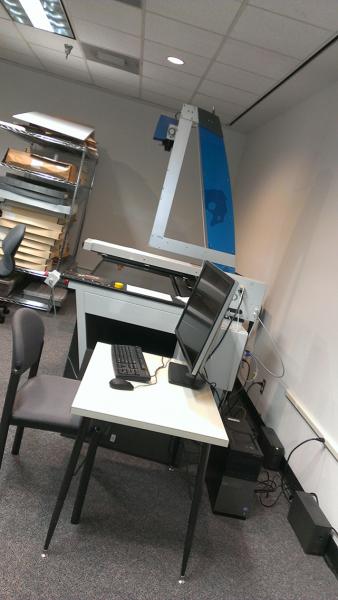The Portal to Texas History hosts an ever-growing collection of digital newspapers published between 1829 and the present day. Here are a few gems I’d like you to know about:
Saturday, December 12, 1835, “Camp Before Bejar,” Telegraph and Texas Register
On December 4, 1835, after a reconnaissance expedition in the southwest, Ben Milam learned that the Texas Army had decided to wait until after winter to attack San Antonio. Recognizing that timing was crucial to Texas independence, he rallied 300 volunteer troops with the cry, “Who will go with old Ben Milam to San Antonio?” and this led to the December 9 surrender of the Mexican army at the Siege of Bexar. Milam himself was killed by a sniper shot to the forehead on December 7. A close friend and neighbor of Collin McKinney and brother-in-law to one of McKinney’s daughters, Milam also had deep ties to the North Texas region.
Friday, December 9, 1910, “Women on a Jury in Divorce Case,” El Paso Herald
In San Francisco, California, for the first time in United States history, twelve women sat on a jury in the superior court. According to the news brief, fourteen women were present, and the two who were not chosen to serve were disappointed. The following year, California adopted an amendment granting women the right to vote. In Texas women were banned by law from serving on juries until 1898, and while suffrage was granted with the passage of the 19th amendment in 1920, women were not granted the right to serve on juries until November 2, 1954.
Friday, December 9, 2005, “2006 forecast: NT professors give insight to new year,” NT Daily
If someone asked you what you thought the next year would bring, how might you respond? The “Holidaily” reporters for the NT Daily did just that on December 9, 2005. Upon reading the professors’ responses, one might be tempted to recommend suitably vague responses so that predictions might prove more accurate.
Each of these newspapers was digitized for a different project. The TexTreasures: Early Texas Newspapers grant funded digitization of the Telegraph and Texas Register; this grant has digitized the oldest titles in the Dolph Briscoe Center for American History microfilm collection. The National Digital Newspaper Program, of which Texas is an awardee state, funded digitization of the El Paso Herald; newspapers digitized through the National Digital Newspaper Program also appear through the Library of Congress web site, Chronicling America. Finally, the NT Daily has been acquired through the UNT Libraries Digital Projects’ born digital newspaper initiative, to preserve and provide access to newspaper PDFs (the print masters).

